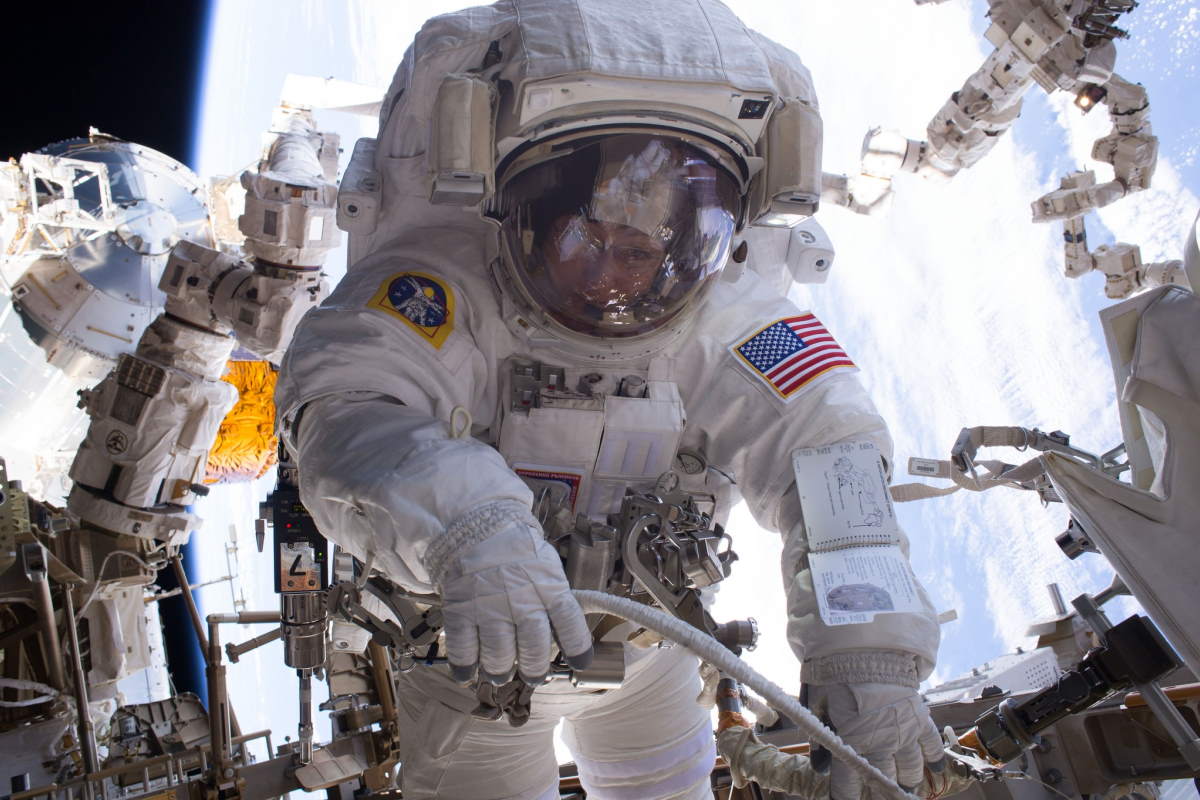Being an astronaut is a dream job for many (including me). But, how much does a NASA astronaut earn yearly? What is the salary of an astronaut?

An essential step towards a carbon-neutral future could be reached through dispersed power grids, featuring networks of local-scale renewable energy and battery storage plants. To prevent these power grids from damaging themselves and their surroundings when electrical faults arise, they must be integrated with “circuit breakers”, which temporarily interrupt the current flowing through them.
However, currently available circuit breakers cannot handle the medium-voltage direct currents best suited for these grids. Through an innovative new circuit breaker design, Steve Schmalz and his colleagues at Eaton Corporation, the Illinois Institute of Technology (IIT), Virginia Tech, and the National Energy Technology Laboratory (NETL), hope that this challenge will soon be overcome.
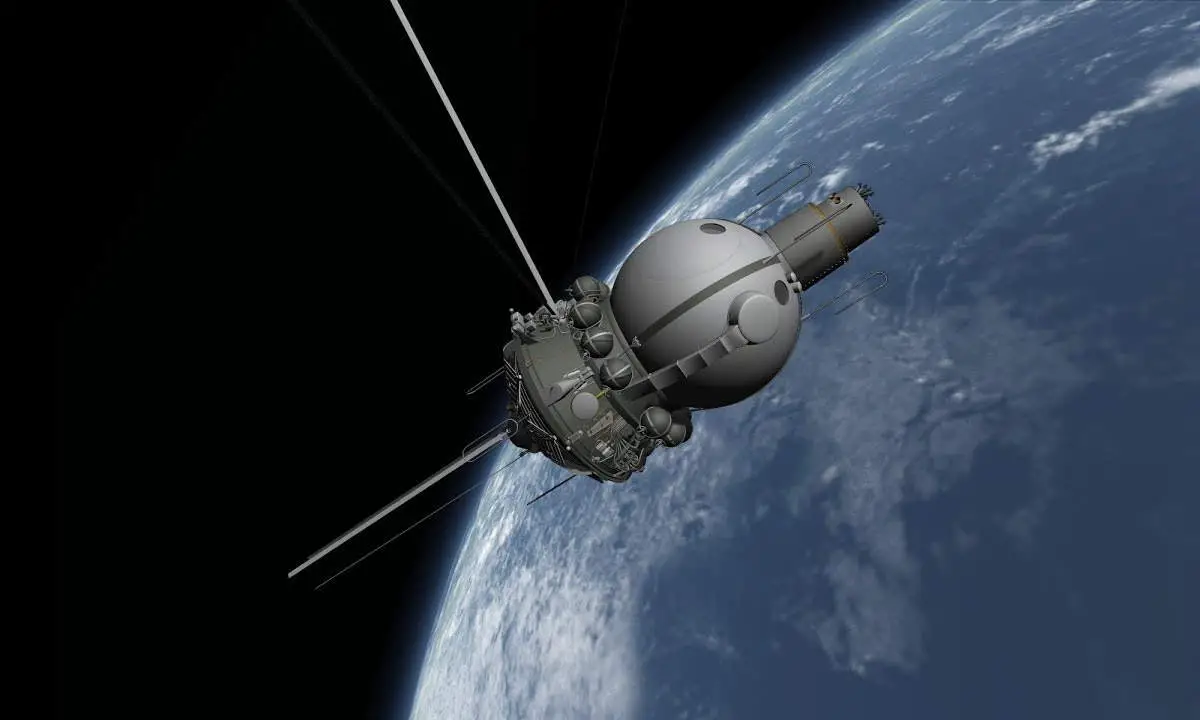
Voskhod 1, the seventh crewed Soviet spacecraft was launched on October 12, 1964. Three cosmonauts, Vladimir Komarov (16 March 1927 – 24 April 1967), Konstantin Feoktistov (7 February 1926 – 21 November 2009), and Boris Yegorov (26 November 1937 – 12 September 1994) were aboard, so Voskhod 1 became the first multi-person spacecraft in space.
It also set a crewed spacecraft altitude record of 336 kilometers (209 miles). Another first was, the spacecraft carried either an engineer or a physician into outer space.
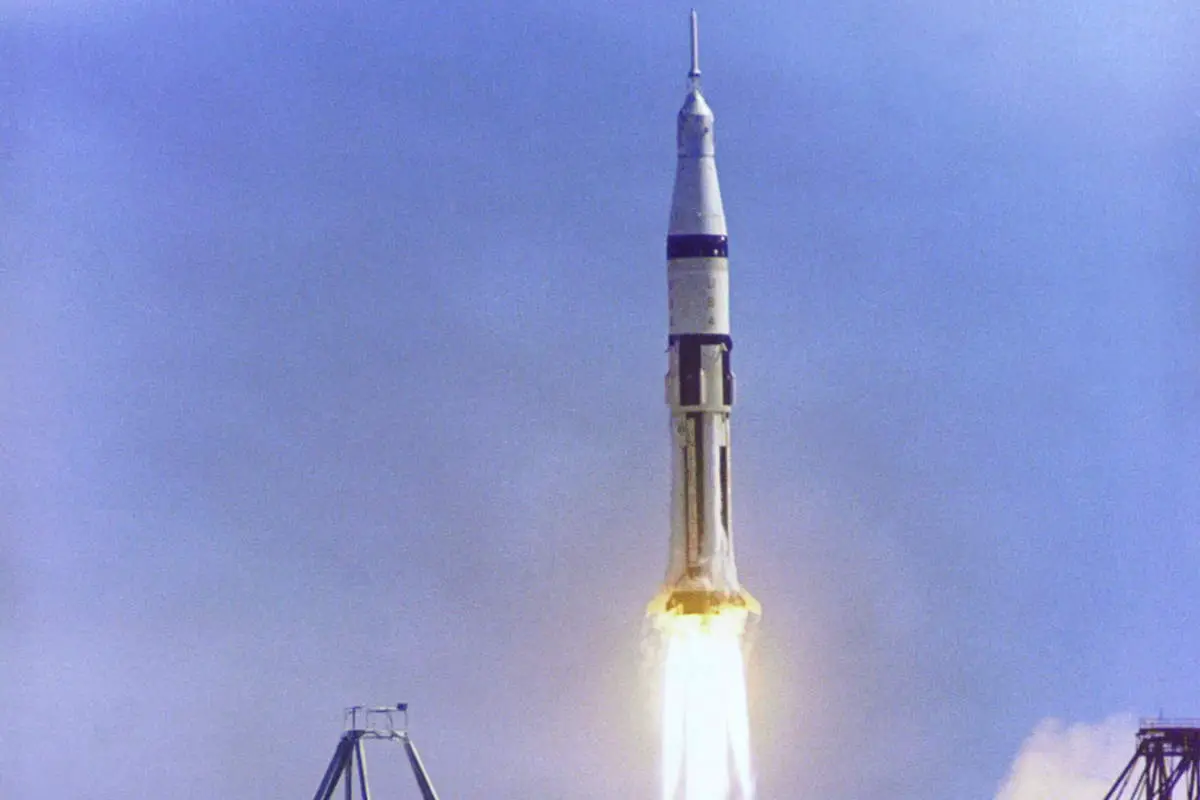
Apollo 7, the first crewed flight in NASA’s Apollo program was launched on October 11, 1968, exactly ten years after the space agency’s first launch. The mission successfully demonstrated the crewed performance of the Command and Service Modules and featured the first American live broadcast from space.
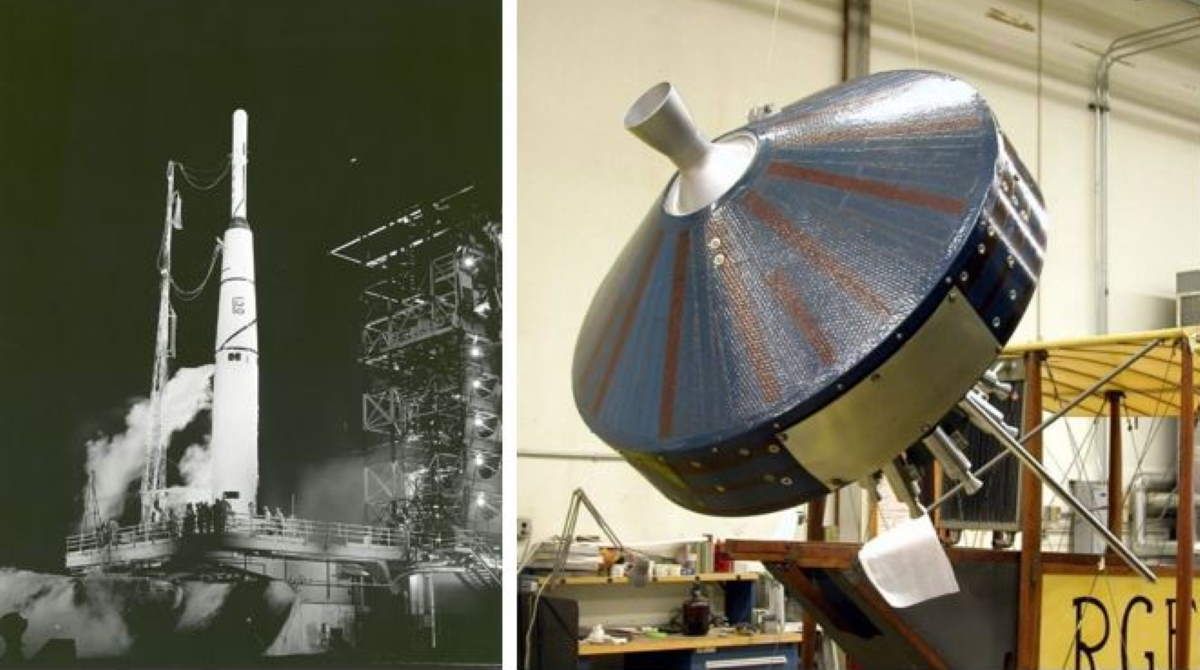
On October 11, 1958, the newly-established space agency National Aeronautics and Space Administration (NASA) launched Pioneer 1 (also known as Able 2), a lunar probe intended to orbit the Moon. It was the first launch of NASA, which was formed on July 29, 1958.
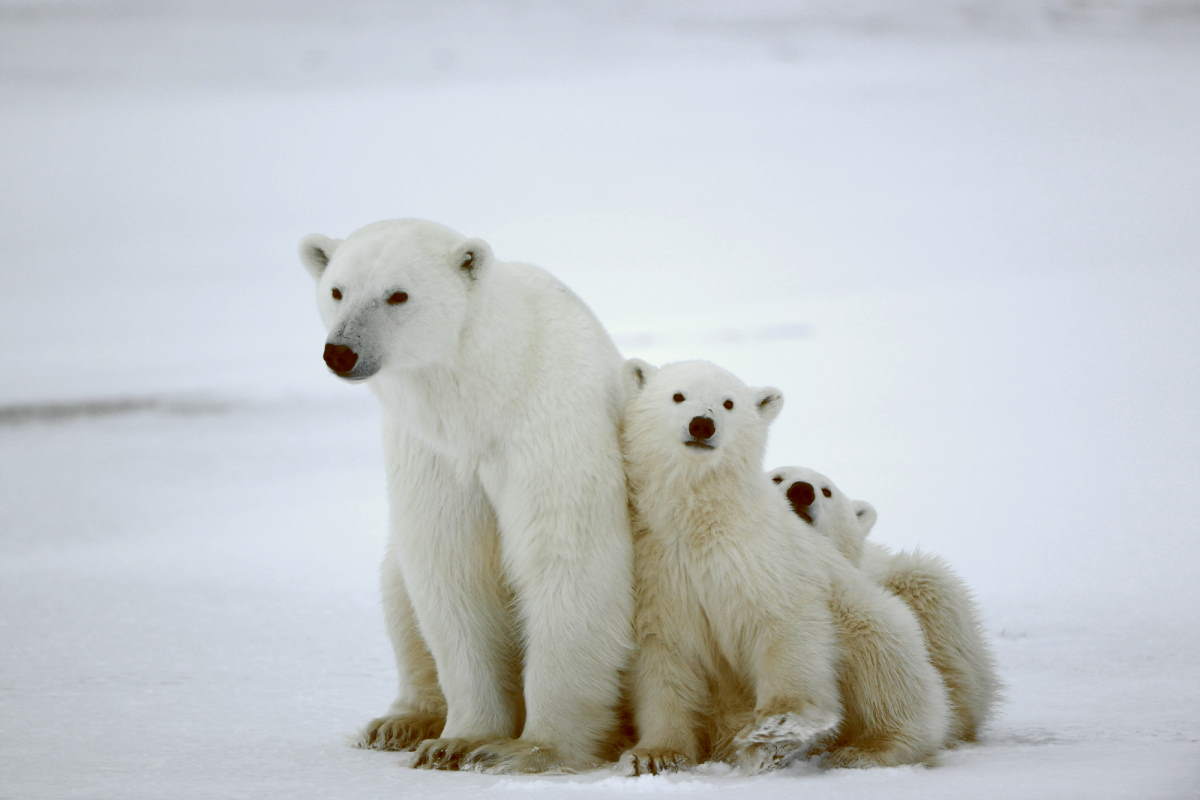
Polar bears (scientific name: Ursus maritimus) are one of the most majestic and awe-inspiring animals on the planet. These massive predators are perfectly adapted to life in the harsh Arctic environment, with thick fur, webbed paws, and an incredible sense of smell that allows them to locate prey from great distances. In this article, we’ll take a closer look at polar bears, including some amazing facts about their size, behavior, and habitat. From the largest polar bear ever recorded to their incredible swimming ability, read on to discover 20 fascinating facts about these incredible animals.

On October 7, 1959, Soviet Union’s Luna 3 spacecraft photographed the far side of the moon for the first time ever. These photographs, despite being of poor quality, caused excitement when they were published because the humanity had never saw the far side of the moon before.
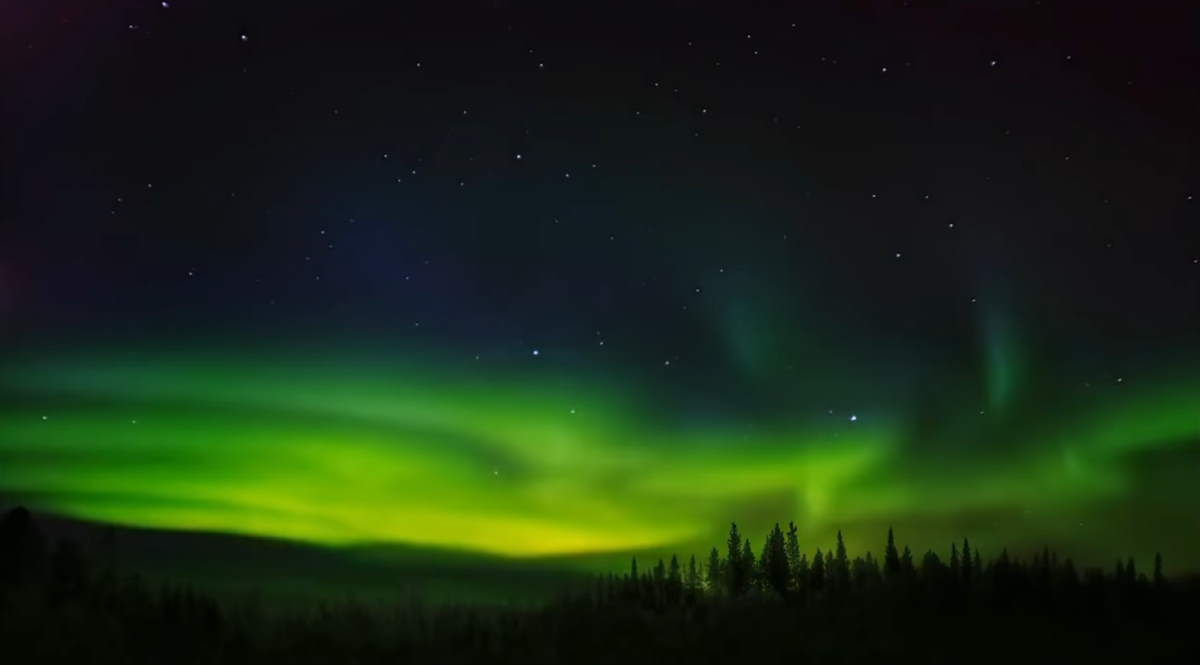
When Earth’s magnetic field which forms the Earth’s magnetosphere is struck by violent geomagnetic storms, narrow streams of fast-moving ions can form, which pose serious threats to vital satellite systems. Through her research, Dr. Amy Keesee at the University of New Hampshire is shedding new light on how these streams originate, by picking up the energetic neutral atoms they occasionally generate.
Her team’s work has proved that these atoms can be used to build reliable temperature maps of the magnetosphere – the region around Earth dominated by the planet’s magnetic field. Such temperature maps can help us to better predict when satellite systems may be under threat.
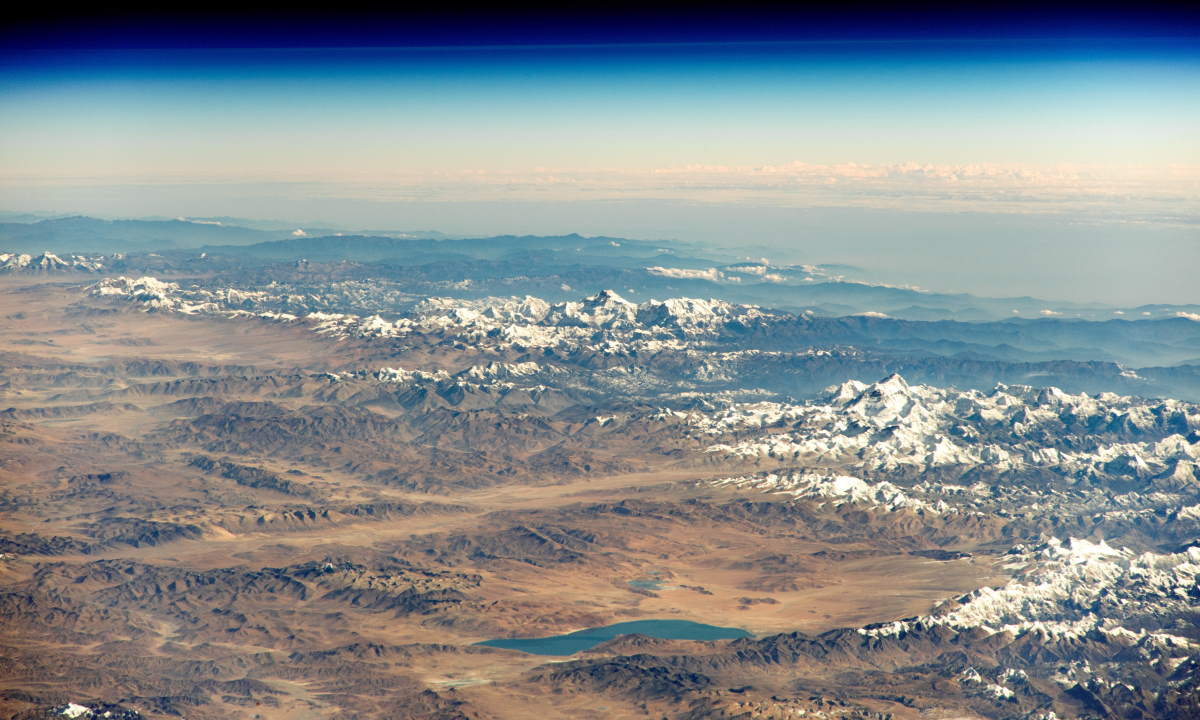
Mount Everest is the highest mountain in the world. Its summit is 8,848.86 meters (29,031.7 feet) above sea level. Naturally, It looks amazing from space, and as a result, many astronauts take its photos during their journeys. Here are the top 5 most amazing photos of Mount Everest from space, published by NASA.
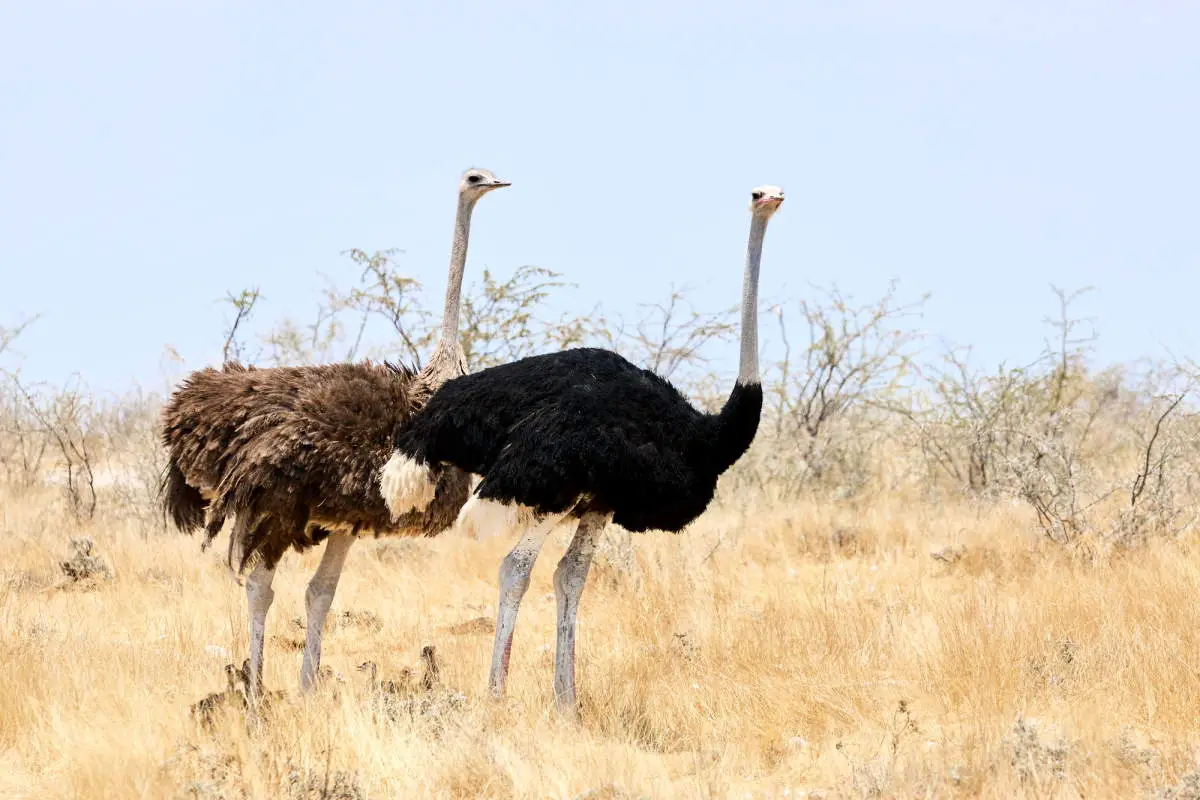
Birds come in a remarkable range of sizes, with species varying dramatically in size from the tiny bee hummingbird to the towering ostrich. This incredible diversity in bird size allows different species to adapt to various ecological niches, enhancing their chances of survival in changing environments. Here are the 15 largest birds in the world (the largest living bird species).
